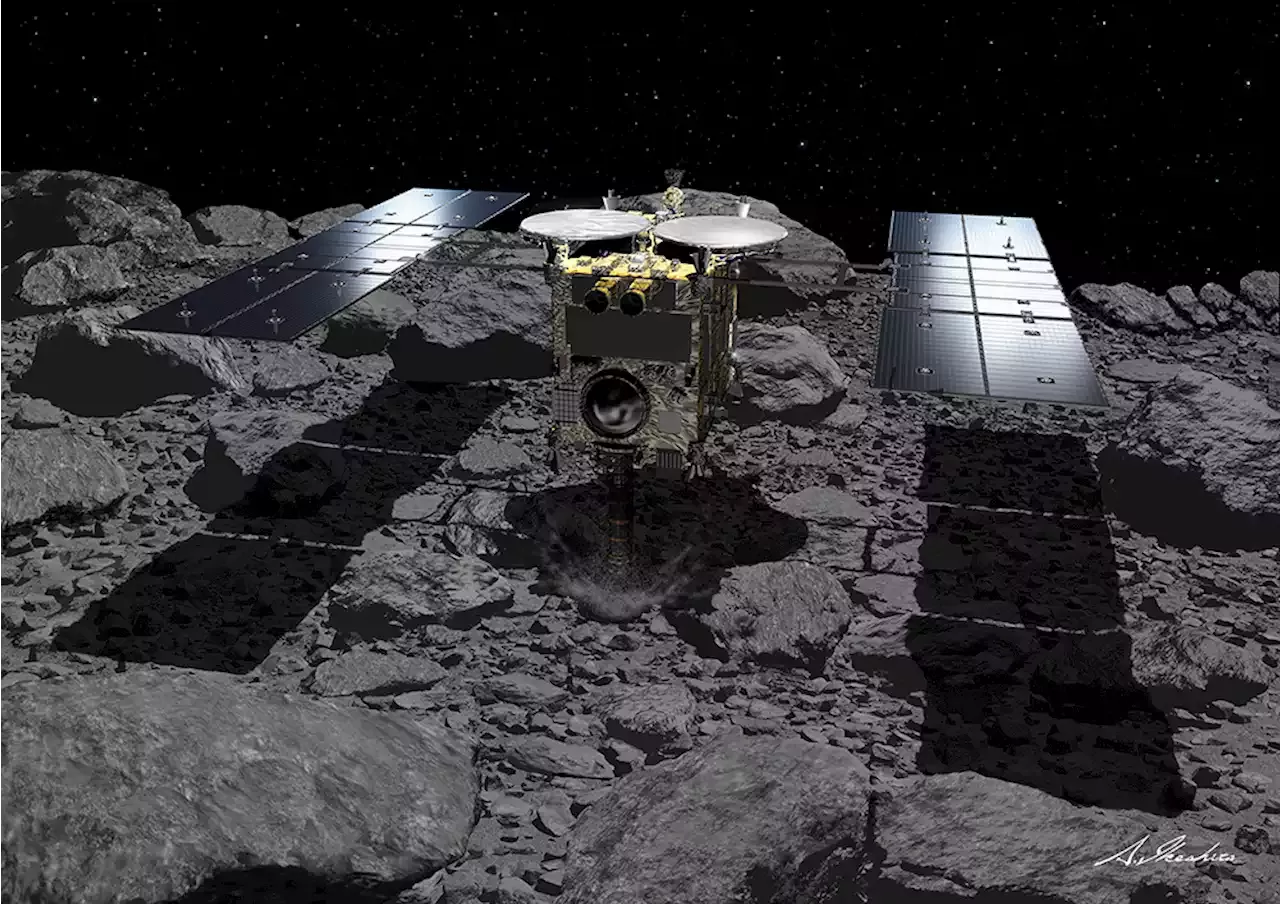Samples of Asteroid Ryugu Contain More Than 20 Amino Acids universetoday storybywill
“We detected various prebiotic organic compounds in the samples, including proteinogenic amino acids, polycyclic aromatic hydrocarbons similar to terrestrial petroleum, and various nitrogen compounds. These prebiotic organic molecules can spread throughout the solar system, potentially as interplanetary dust from the Ruygu surface by impact or other causes.”
An artist’s conception shows Hayabusa 2’s sample return capsule making its atmospheric re-entry as its mothership flies above. Hayabusa2 was groundbreaking in that it collected samples of subsurface materials that were not weathered by sunlight or cosmic rays. Kensei Kobayashi, a professor emeritus of astrobiology at Yokohama National University, also explained how these findings have significant implications for astrobiology.
Hayabusa2 is one of a handful of existing or proposed sample-return missions dedicated to investigating the origins of life in the Solar System. Between 2018 and 2021, NASA’S
